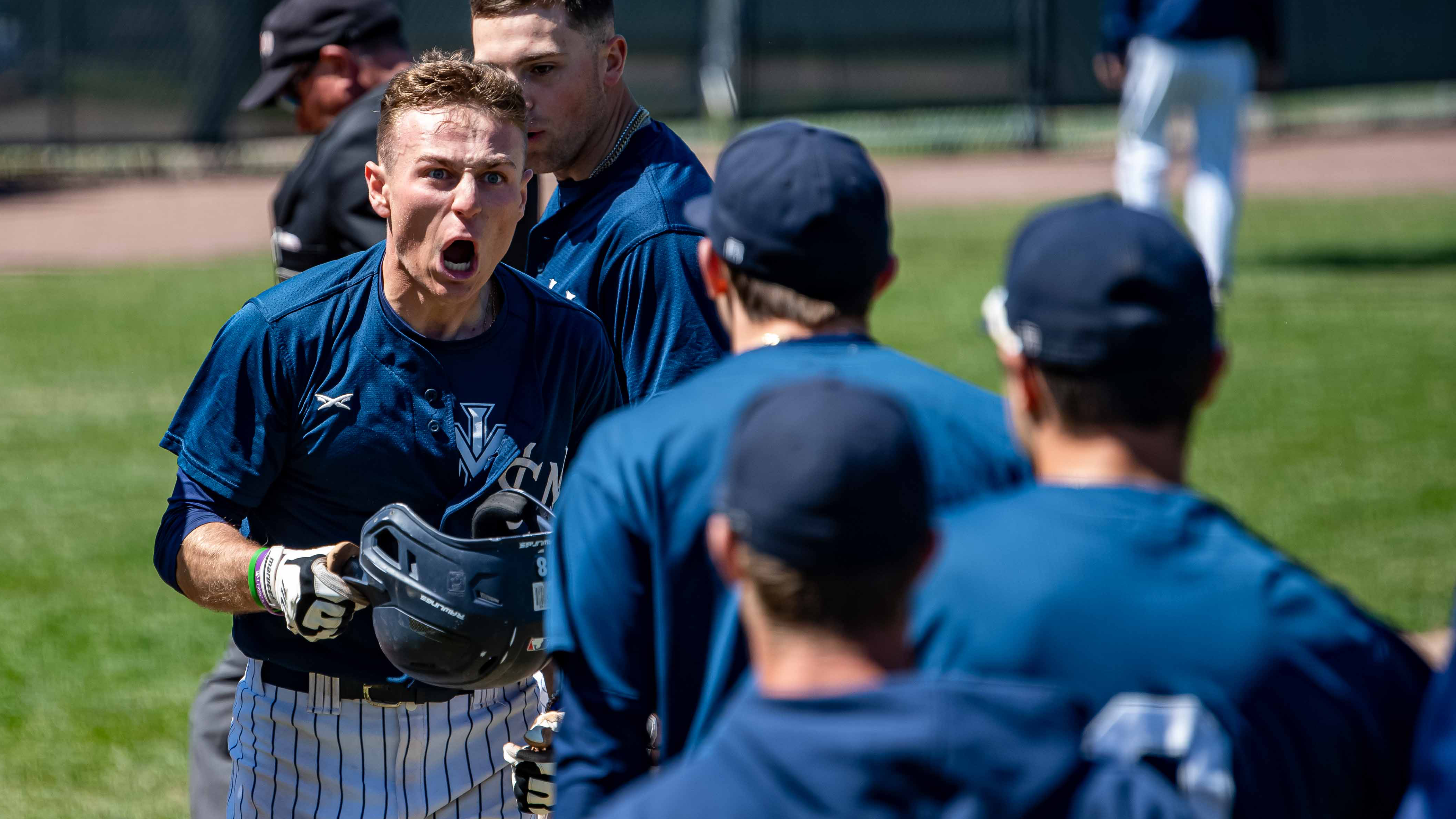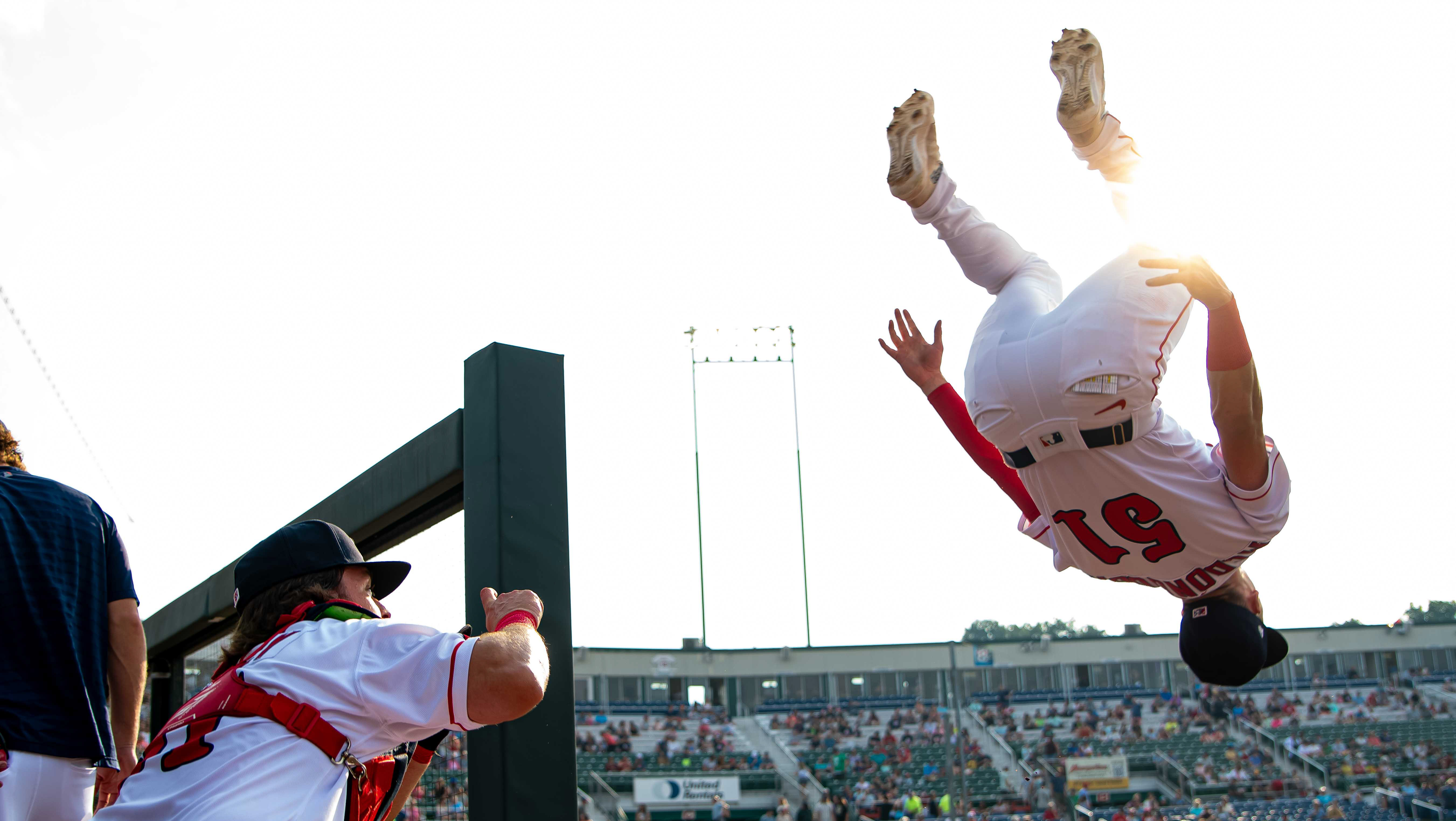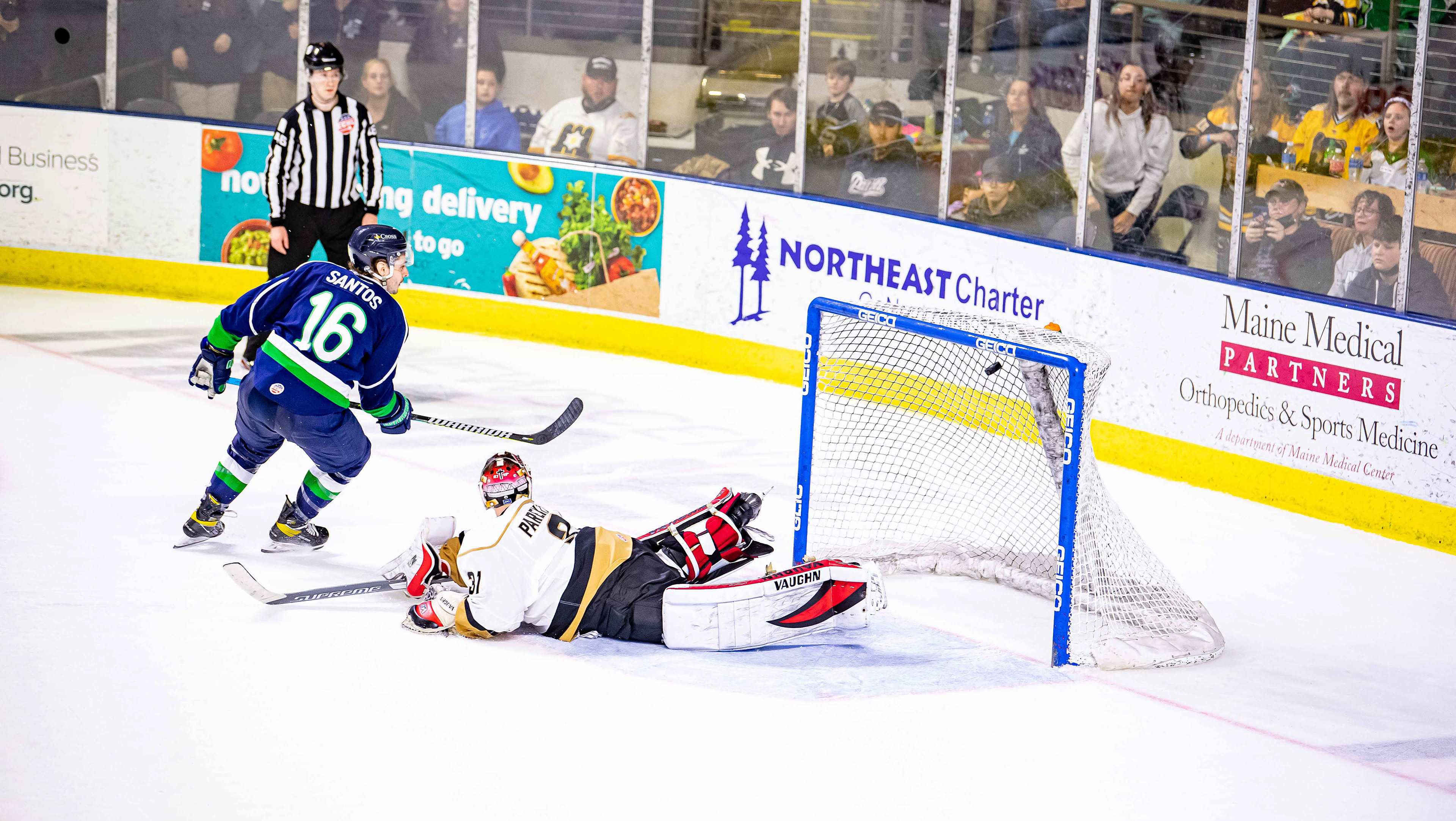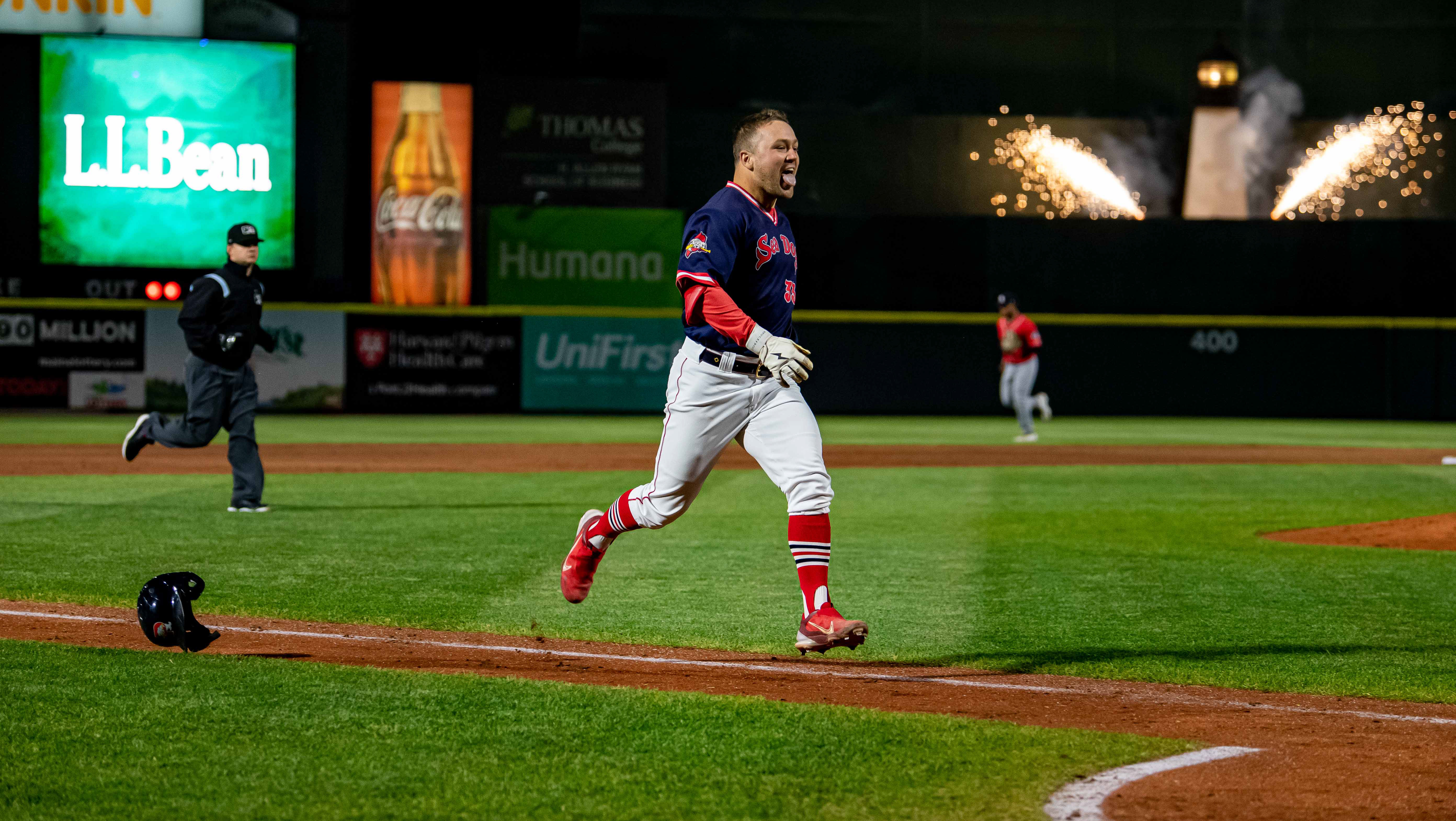Introduction:
It is not often that one views a sporting event and thinks about how they are viewing an art form. The viewer is often looking through a lens of entertainment, as a fan. These fans consume images of their favorite teams through social media on a regular basis, not realizing the art they are looking at. Photography itself is defined as “the art, process or job of taking photographs or filming something,” (Oxford). For sports photography, there are various elements that make up The Art of Sports Photography.

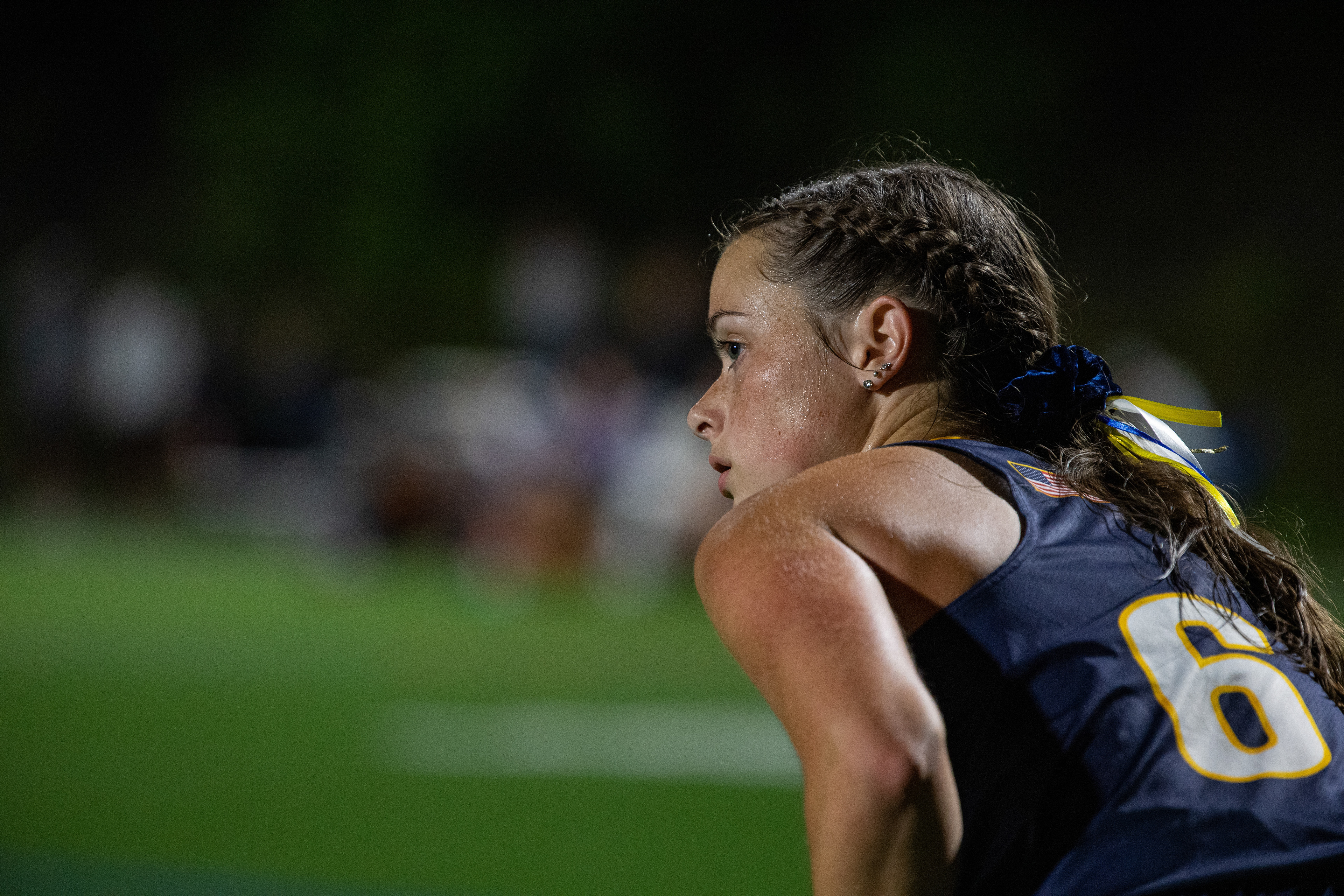

Composition:
The composition of a photograph is one of the most important elements in capturing a good photograph, especially in sports photography. Composition itself refers to how the elements in a photograph are arranged, through various techniques different forms of composition can be accomplished. In sports, photographers bring the art within photography to the action packed games they capture. From leading lines, to negative space, and focus, sports are composed in artistic and beautiful ways.
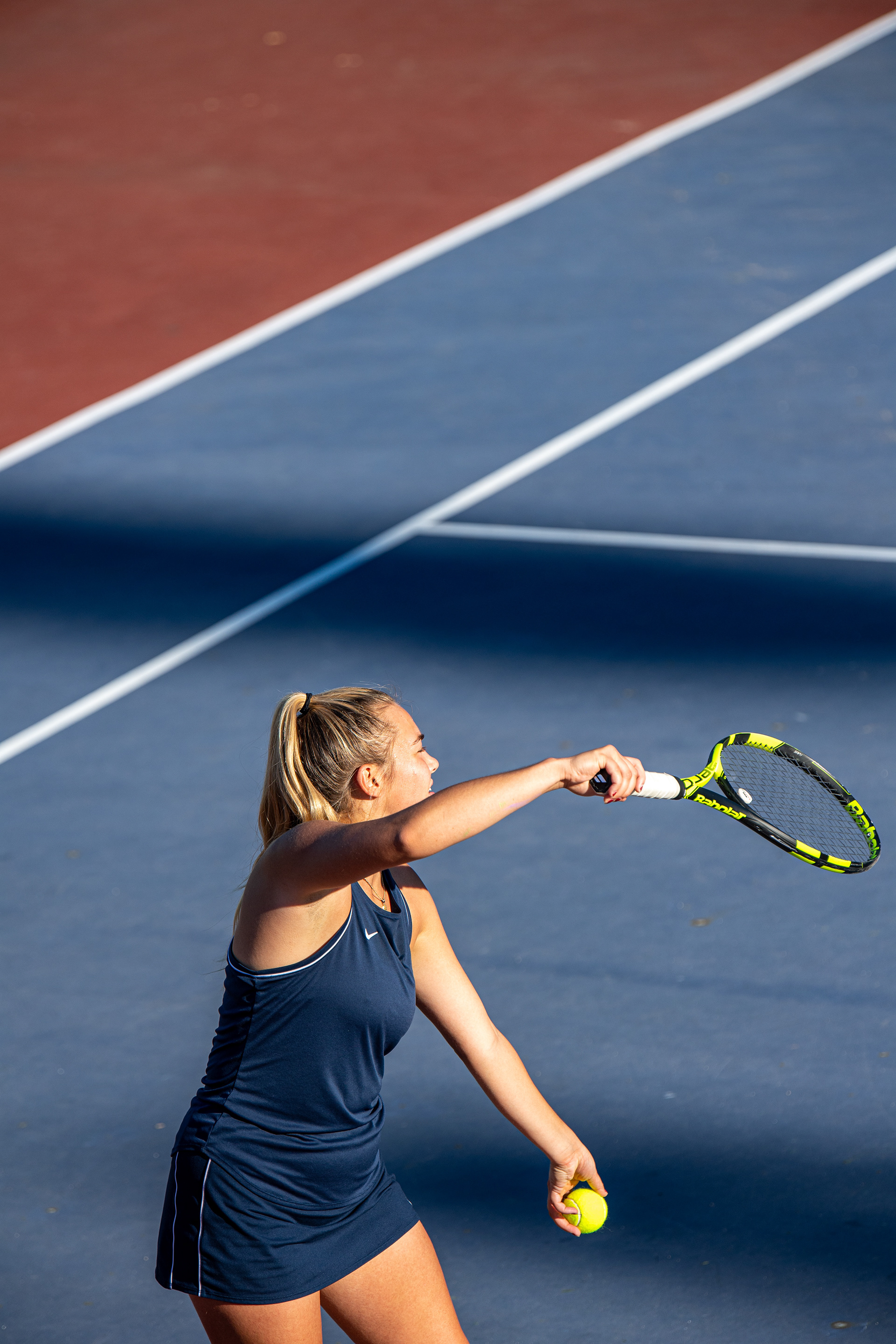




Good Light:
Without proper exposure, an image cannot be captured. Imagery is nothing without good lighting. Using shadows, colors or lights helps create images that catch the eye. In sports photography, a well composed image with good lighting brings emotion to the image. Sports photographers use light to their advantage, adding an extra element to the images being captured.

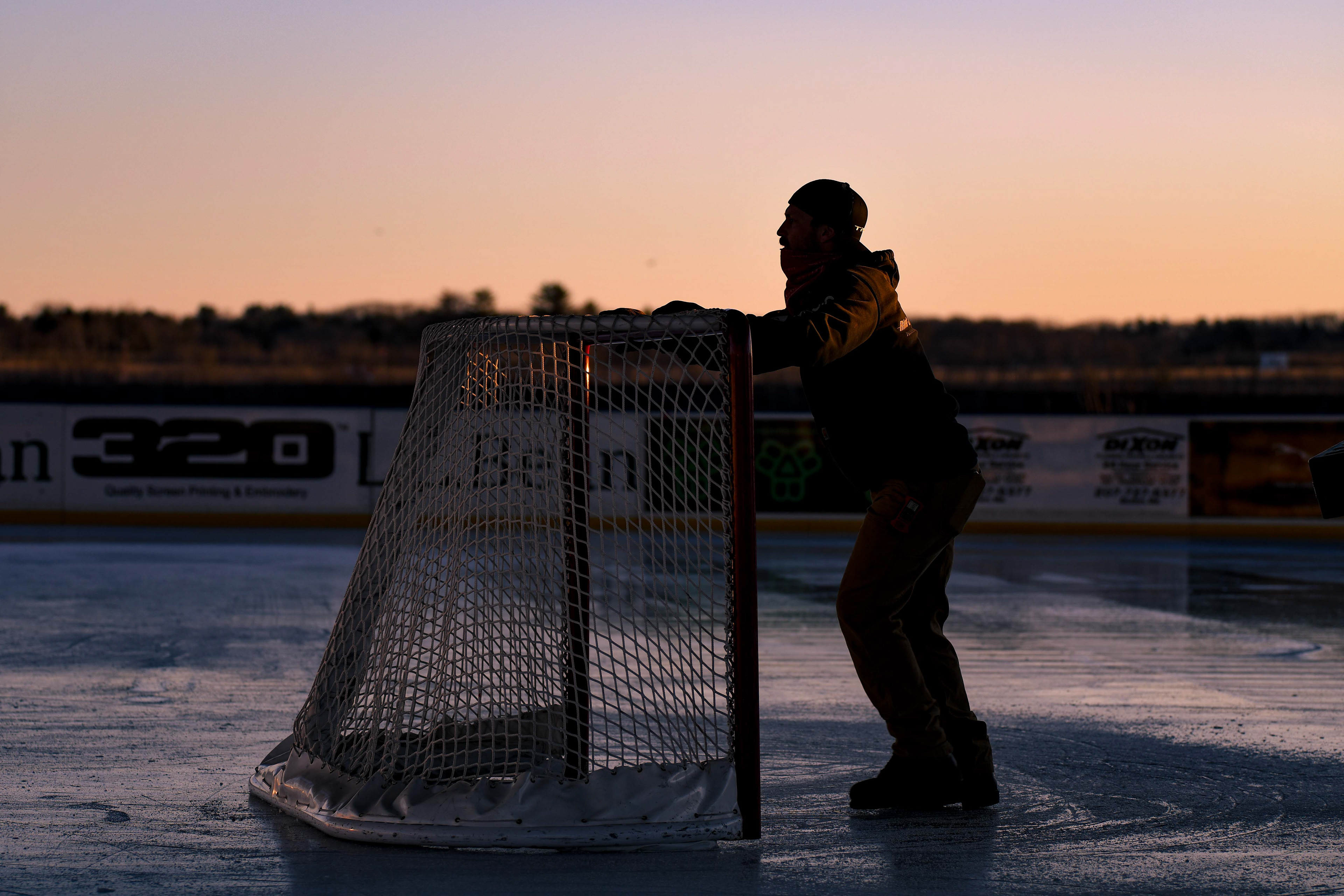

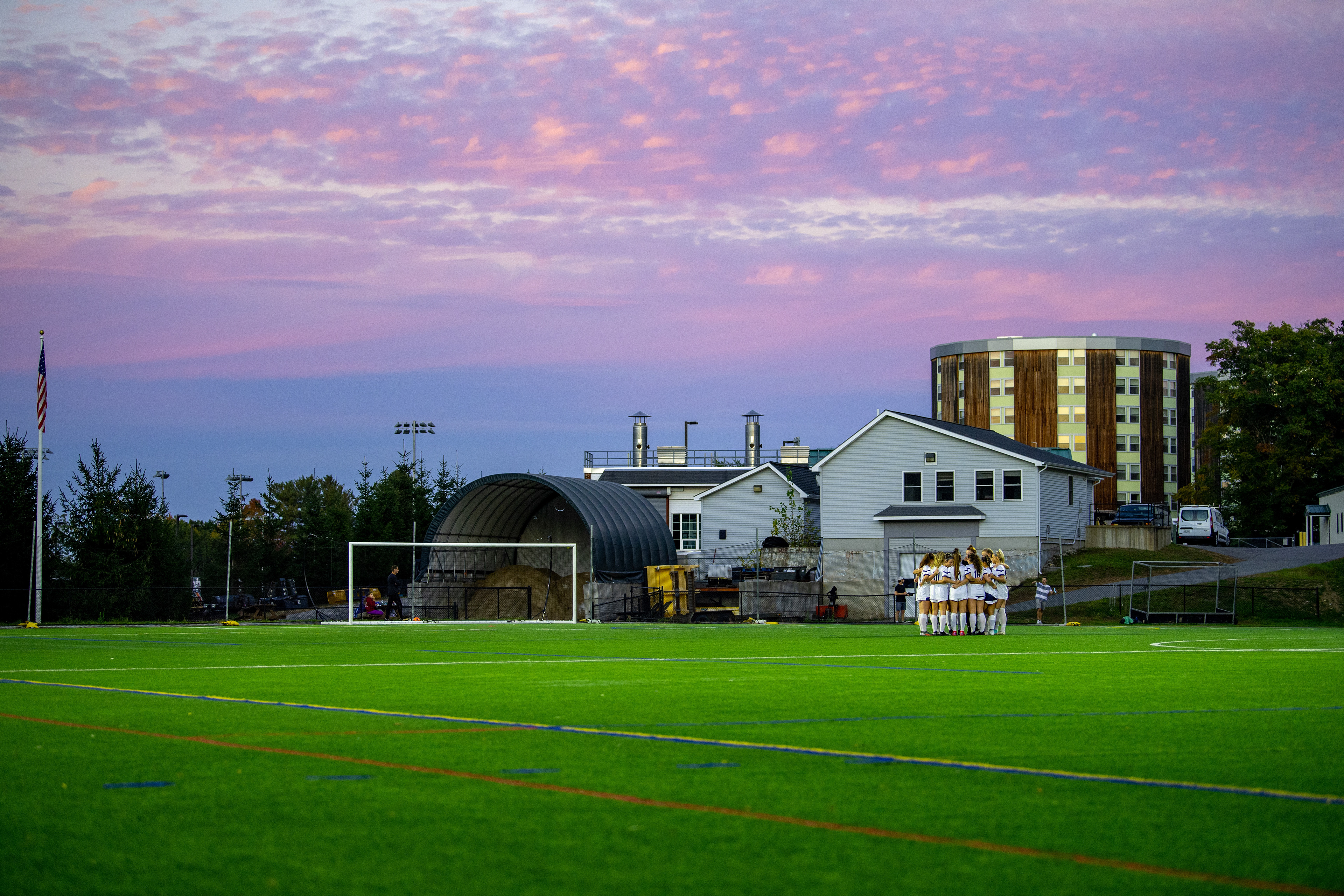

Peak Action:
Capturing action is the bread and butter of sports photography. When you think of sports photography, you likely think of peak action. The term peak action is used to describe the moment in sports that is the height of the action, captured with proper composition, lighting, and focus. Whether it’s a goal heading towards the back of a net, or a pitcher throwing the ball, it’s peak action. This action is ~65% of what sports photographers capture in each game they cover, as the action is the game. To tell the story and art of sports photography, you must have action.

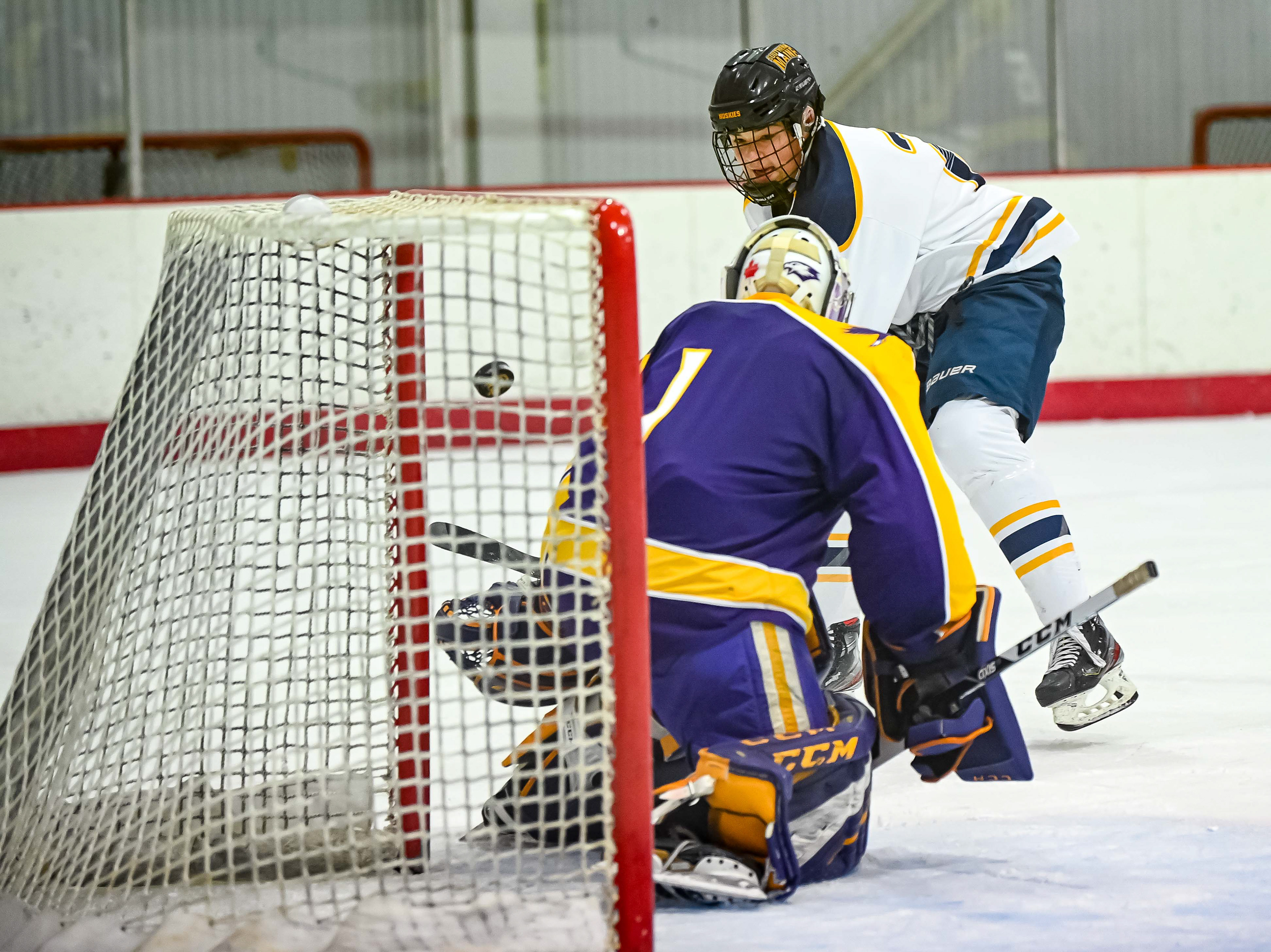
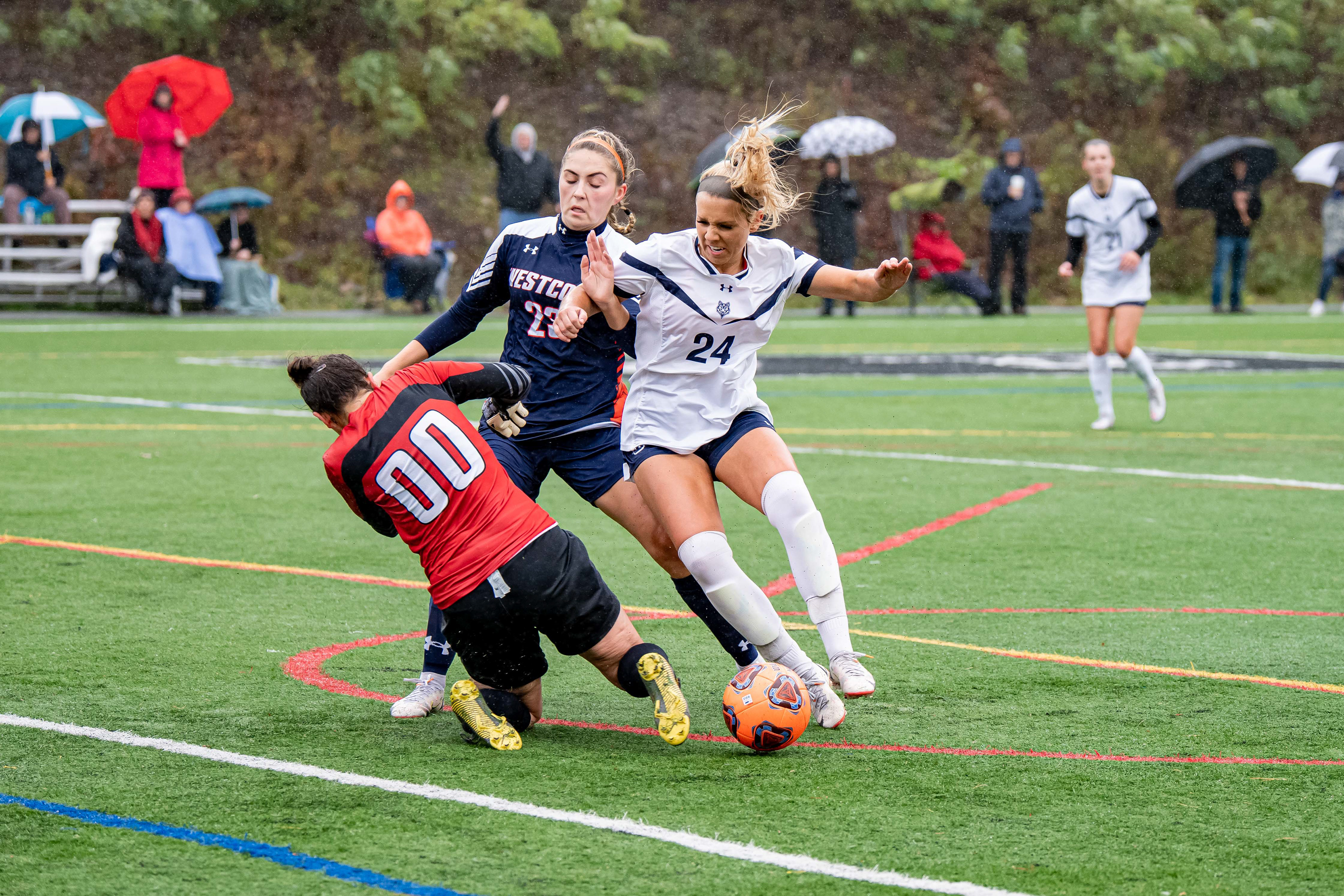


Detail:
Detail is a personal favorite of mine, and I think is a key part of seeing sports photography as an art form. Boston Red Sox Senior Photography Manager Billie Weiss said in a class I attended recently that being a sports photographer comes with access and perspective that is unique to the role we hold as photographers. He added that it would be a disservice to ourselves and the audience of our photographs to not use that access to the fullest extent. A detailed shot captures the texture and for me, I find a tight crop on a detailed shot adds a close up view that is inaccessible to the common eye. The texture in sports often comes from the athlete, from their face being soaked in sweat or the equipment they’re wearing or holding.

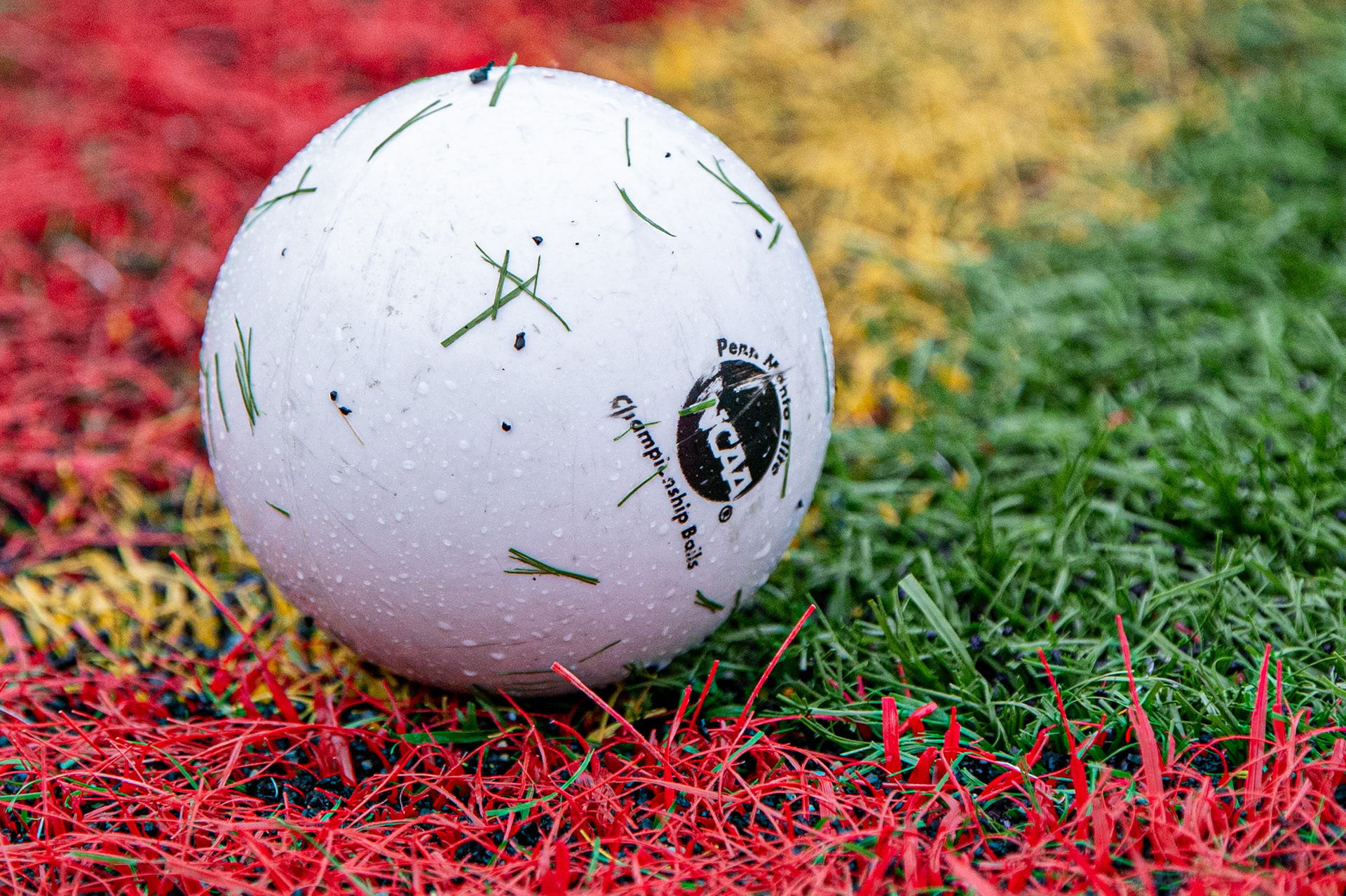


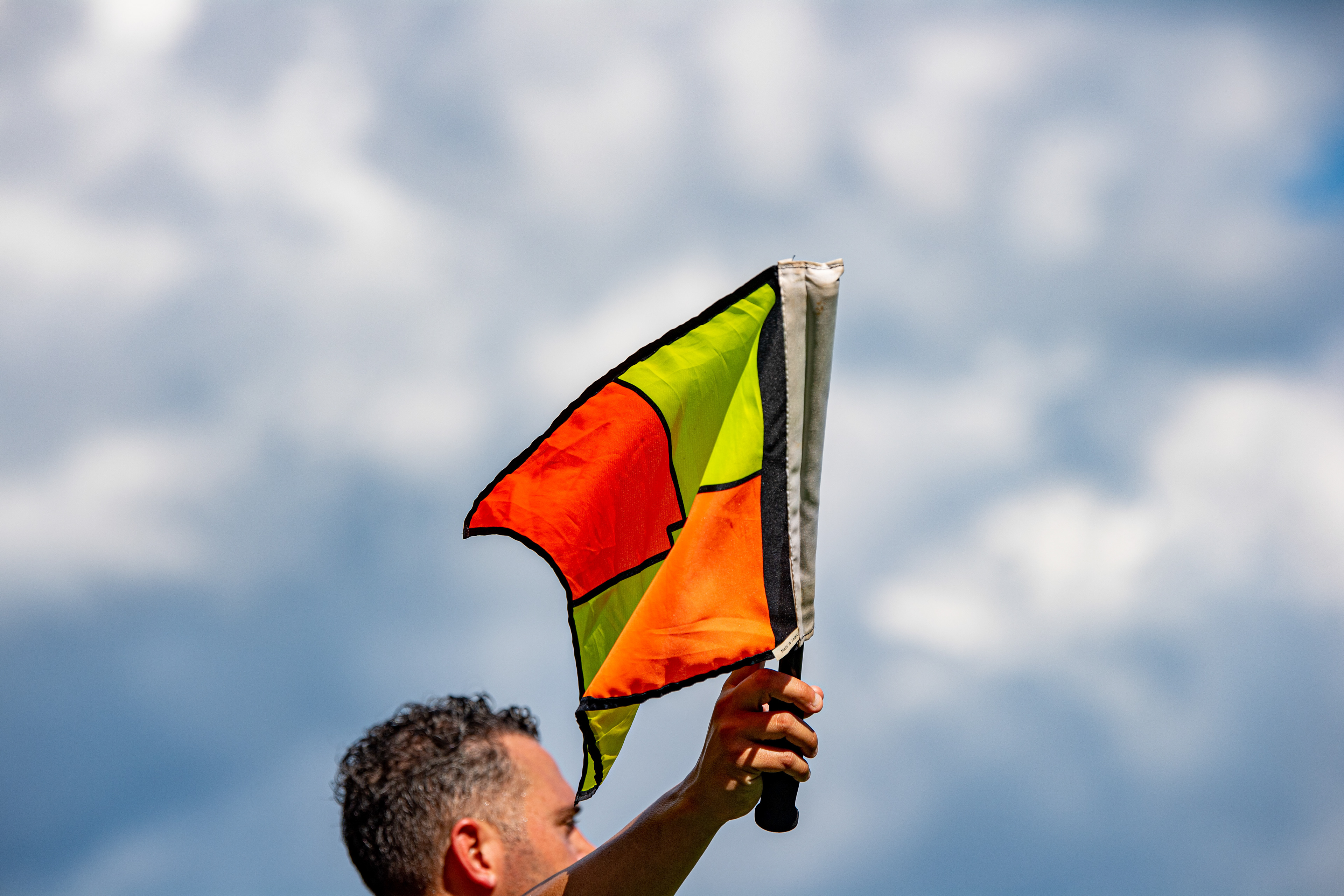
Emotion and Reaction:
Good imagery creates emotion, something that is powerful in sports photography. Athletes, fans, coaches and anyone attending a sporting event is likely to react to what’s happening in the game. Capturing that emotion can convey the feeling of the moment, a big celebration filled with joy or a frustrating loss filled with sadness. The highs and lows bring sentiment and feeling, viewers of the images are invited to experience what the person captured is experiencing. Sports photographers look beyond the obvious to freeze the emotion of the sport.
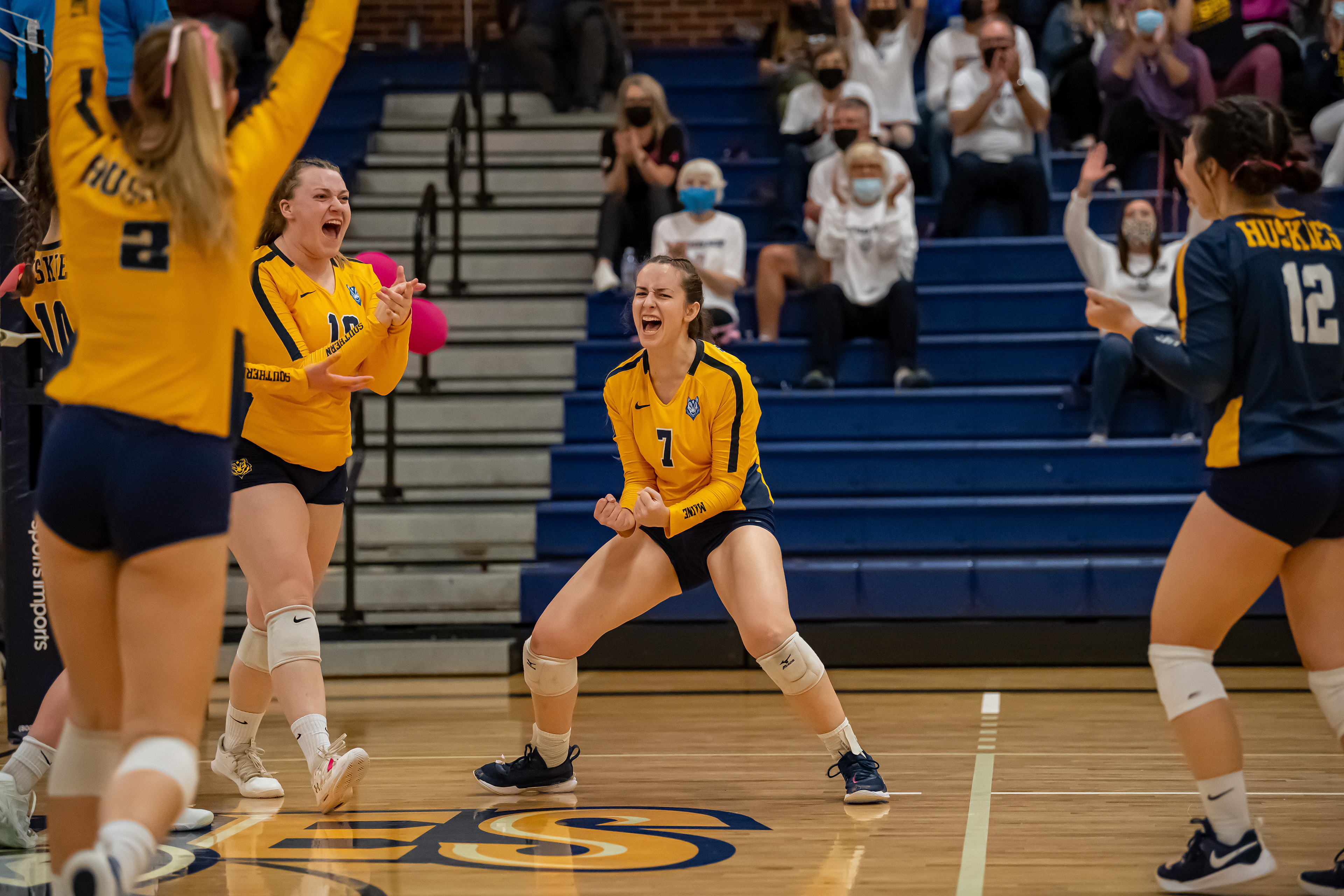




Conclusion:
Through these five elements of sports photography, art is conveyed and captured. While sports are competitive games and entertainment, what happens in those games creates artistic imagery with a photographer behind the lens. Bringing elements of photography to sports brings a unique perspective to athletics.
